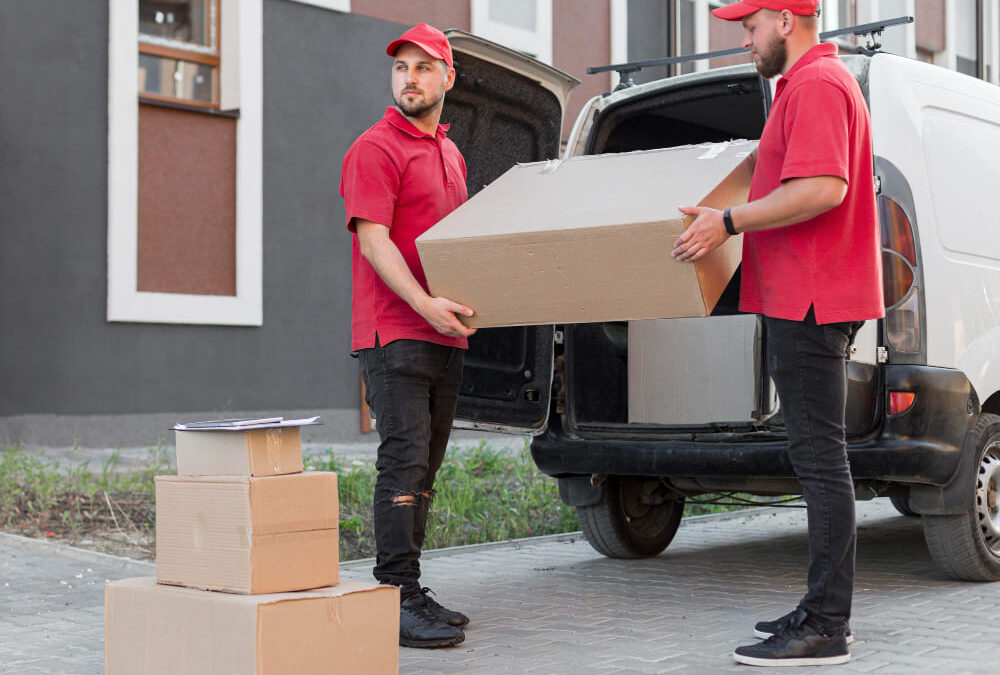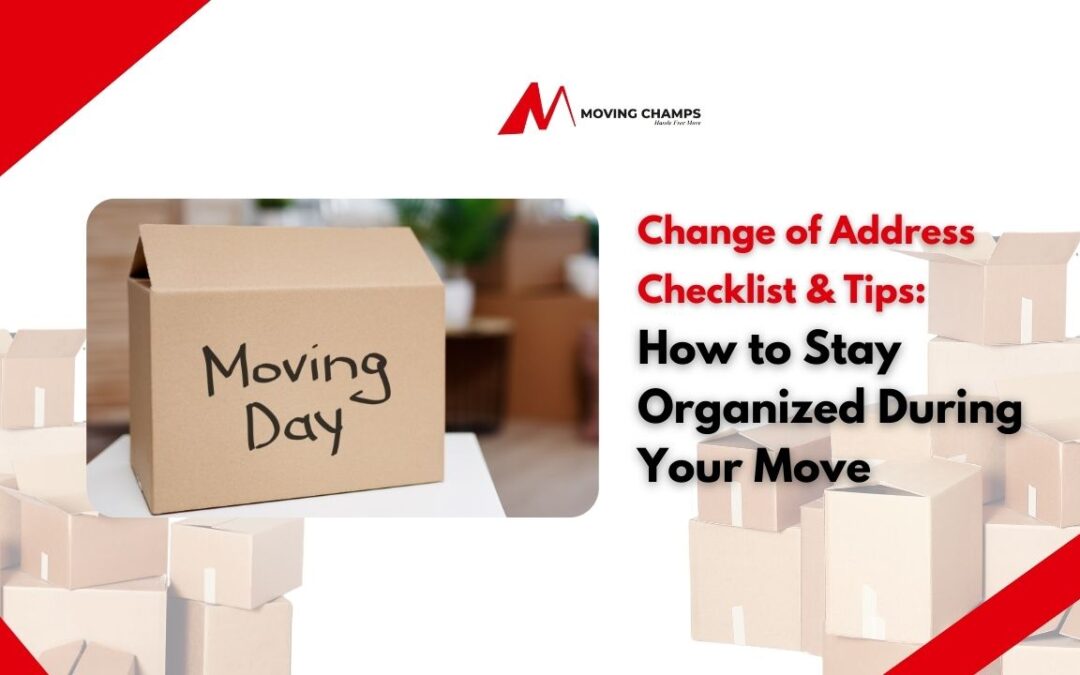How To Protect Furniture When Moving
- Home
- /
- Movers
- /
- Furniture Removalists
- /
- How To Protect Furniture...
7 Essential Tips to Protect Your Furniture During a Move
Protecting your furniture should be one of your top considerations, whether you’re moving alone or with the help of Furniture Removalists. Scratches and unattractive marks on your furniture can ruin the pleasure of moving into a new home if you don’t take adequate care and precautions. Knowing how to protect furniture when moving is essential.
The last thing you want is to shift or drag into your new house with all of your valuable and heavy belongings damaged.
Thankfully, you can keep your furniture safe with a few simple items and a few clever small tactics. Learn how to prepare your furniture for each part of your relocation to be well protected.
1. Gather All Of The Necessary Packing Supplies
One of the most prevalent moving myths we hear is that all you need to protect your furniture is cardboard boxes and packing tape. While these goods give some protection, they do not eliminate the risk of harming your furnishings.
There are a few packaging supplies worth taking up:
- Covers for sofas and mattresses made of bubble wrap
- Stretch wrap made of plastic
- Plastic bags that can be sealed
- Sheets of corrugated cardboard
Because furniture is heavy, it is prone to breaking if mishandled. Use bubble wrap and dedicated sofa/mattress coverings. Use bubble wrap and dedicated sofa/mattress coverings. Use bubble wrap and dedicated sofa/mattress coverings. Use bubble wrap and dedicated sofa/mattress coverings. You won’t be required to worry about your furniture getting damaged when loading/unloading it if you use bubble wrap and dedicated sofa/mattress coverings.
These things are inexpensive and will provide an additional layer of protection for your furnishings.

2. Getting The Furniture Ready To Be Packaged
Dust, dirt, and debris can harm your furniture’s surface, leaving minor, microscopic scratches. To avoid any undesired scratches, preparing your furniture before packing is a good idea.
Before wrapping the furniture in bubble wrap, give it a brief wipe with a microfibre cloth to remove dust and other loose particles.
Remove the knobs, handles, and casters from drawers and cabinets before transporting them. Remove the drawers and fill them with light objects to provide more storage space.
3. Take Apart Your Furnishings
When moving furniture, it’s always a good idea to disassemble it as much as possible so that you can pack it neatly inside moving boxes. This makes it much easier to transport furniture and helps to prevent damage from moving pieces during transit.
Keep the following points in mind if you plan on dismantling your furniture:
- To properly dismantle furniture, consult the owner’s handbook.
- Keep the screws and other hardware for each piece of furniture in sealable plastic bags.
- Take a snapshot of the furniture as a reference for reassembling the parts.
- To save time, disassemble furniture the day before moving day.

4. Wrap Your Furniture Correctly
Plastic sheeting and bubble wrap are two of the most effective packing materials for moving furniture safely. Protect upholstered goods with plastic wrap or specially made plastic sofa coverings, while delicate wooden pieces should be wrapped in bubble wrap.
If you don’t have any plastic sheeting, you can make do with old blankets. Sliding corrugated cardboard sheets between wooden pieces can cushion and protect the parts from rubbing against one another.
Bubble wrap is sufficient for glass items such as mirrors and tabletops. Consider taping the mirror in an “X” pattern using painter’s tape before wrapping it to make it less likely to fracture if it breaks. Wrap the mirror or glass. Place the item between two sheets of corrugated cardboard to finish.
5. Items Should Be Placed Systematically
The majority of people are mistaken about this. It’s not a good idea to stack boxes on top of one another. So that your furniture stays intact during transit, you’ll need a strategic placement plan. Here are a few crucial points to remember:
- Always put lighter boxes on top of big boxes on the truck floor. Make a box wall on the vehicle’s back end to provide some support while loading your furnishings later.
- Lightweight boxes can be placed on the tops of dressers. Put a couple of tiny boxes between them to keep them from slipping.
- Upholstered furniture requires special attention. Secure the components to the truck’s hooks with a rope, then decide which objects will be stacked around them. Even if your upholstered items are already wrapped in plastic, adding a layer of packing blankets for extra security is always a brilliant idea.
- Remember to be cautious when unloading the truck as well. Make sure the movers’ path to each room is indicated. The less time you spend looking for the best place to put your heavy furniture down, the less likely it is to be harmed.
It takes time and planning to move furniture. The more time and work you put into prepping your furniture for your next move, the less likely it will be harmed. To adequately wrap your furniture, you need to prepare it well ahead of moving day (approximately a week).
Follow these guidelines to ensure that your furniture arrives in perfect condition in your new home.

6. Prepare A Placement Strategy
It will be easier for you and the movers if you have a placement plan. To form a wall at the back of your moving truck, use your heaviest (but not fragile) boxes. Install any square furniture, such as desks or dressers, to keep the wall in place.
Mattresses should be placed next, followed by upholstered goods. To guarantee that your belongings are tightly packed, use blankets or corrugated cardboard in between them.
A furniture layout design for your new home is also necessary to reduce mobility once you’ve settled in.
Professionals Should Be Hired
It’s never a bad idea to employ support from outside sources. Some furniture pieces are delicate and difficult to transport, so hiring skilled specialists familiar with moving soft furniture may be the best approach to protect them.
Conclusion
Your furniture will be the most significant and, most likely, the most expensive part of your relocation. Packing and securing your furniture carefully will ensure that it arrives in good condition at your new home.
How to protect furniture when moving is essential for a smooth relocation. Whether you’re using Bed Removalists or Dining Table Removalists, taking the right precautions can help prevent damage to your valuable items. Make sure to use proper packing materials, disassemble larger pieces, and handle everything with care. With a little preparation, you can ensure that your moving experience is stress-free and that your furniture arrives at your new home in excellent condition.
For more details and quick free quotes, contact us today.
Phone: 1800 870 500
Email: info@movingchamps.com.au










